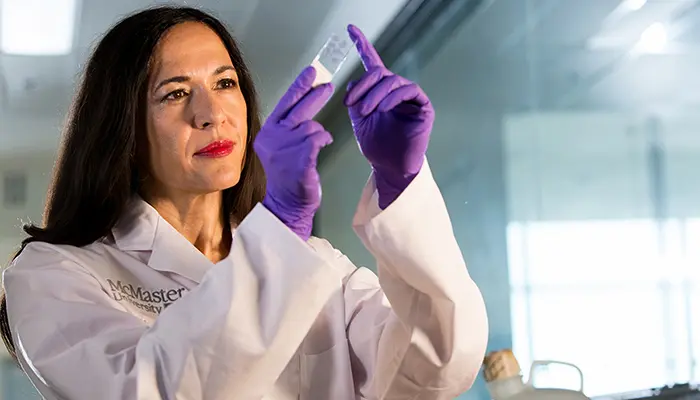Treatment Options for Glioblastoma
Recent research shows that more than 13,000 Americans contract glioblastoma annually, an aggressive cancer affecting the brain. Patients with this dangerous brain tumor experience cognitive, visual, muscular, and gastrointestinal challenges. Fortunately, reputable institutions like the Glioblastoma Foundation are at the forefront of supporting and developing drugs and therapies for the brain tumor, thus improving and prolonging patient lives. This article assesses six treatment options for glioblastoma.
Surgery
Surgery is the standard treatment for glioblastoma and aims to remove the tumor to enhance survival while maximizing quality of life. A qualified brain surgeon gets rid of the tumor without compromising other brain tissues. Unfortunately, complete tumor removal is not always possible as glioblastoma develops on the normal brain tissue. As a result, patients must receive additional treatments to eliminate all cancer cells.
Radiation
This treatment method leverages high-energy beams to kill cancer cells. The patient lies on a table with the machine directing beams to the affected brain parts. Radiation is an excellent option for patients who can’t undergo surgery and is often used with chemotherapy.
Chemotherapy
Like other cancers, chemotherapy plays a crucial role in glioblastoma treatment. Patients receive certain drugs, primarily temozolomide, to destroy cancerous cells 9in the brain. In most cases, chemotherapy and radiation take place concurrently.
Tumor Treatment Fields (TTF)
TTF is a novel but effective treatment modality for glioblastoma that disrupts cancer cells, hindering multiplication and growth. It is available as a wearable device designed to emit low-intensity electric fields to the tumor. TTFs appeal to glioblastoma patients due to minimal systematic toxicity, non-invasive antitumor effect, and excellent therapeutic gain when combined with chemotherapy.
Targeted Drug Therapy
This treatment option focuses on specific abnormalities fueling cancer cell growth. Patients take drugs to attack the identified abnormalities and cell changes in a bid to suppress and destroy the cells. Bevacizumab is a prominent targeted drug for recurring and unresponsive glioblastoma.
Clinical Trials
While there’re many treatment options for glioblastoma, the disease is incurable. The available treatments reduce the symptoms and slow cancer’s progression. As such, more research on new drugs, therapies, and approaches is needed to eliminate this devastating disease. Numerous clinical trials are underway to develop effective therapies for the disease. Glioblastoma Foundation Professionals, for instance, aim to transform the available glioblastoma treatment using targeted small molecule therapies.
Glioblastoma treatments ease symptoms while enhancing the quality of life and increasing life expectancy. Hopefully, new treatment methods will be approved in the future to assist patients with this aggressive cancer.

